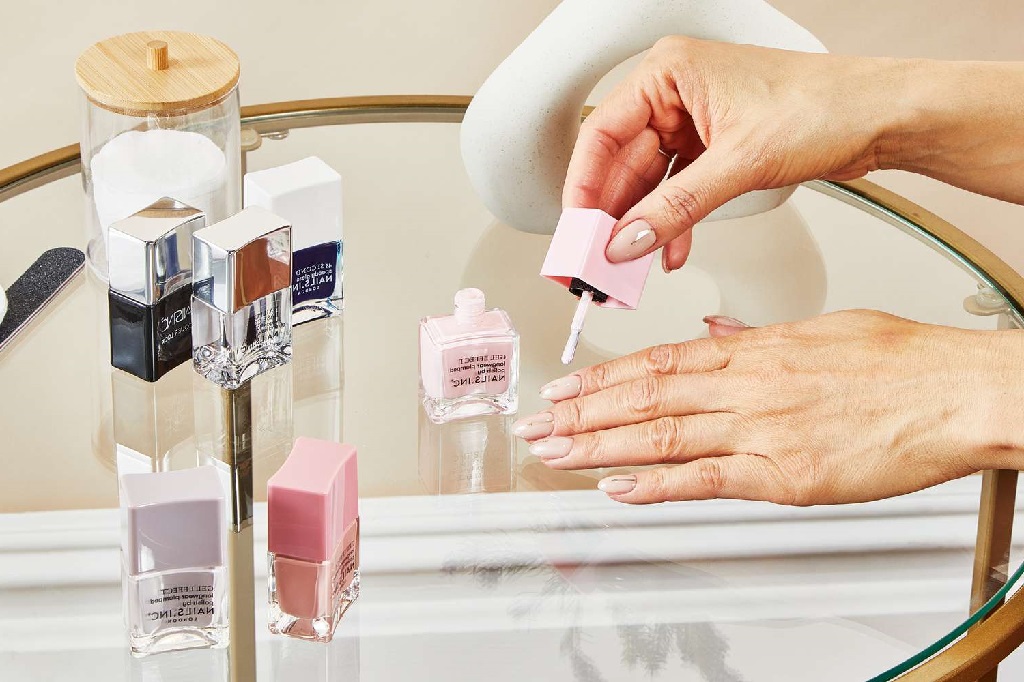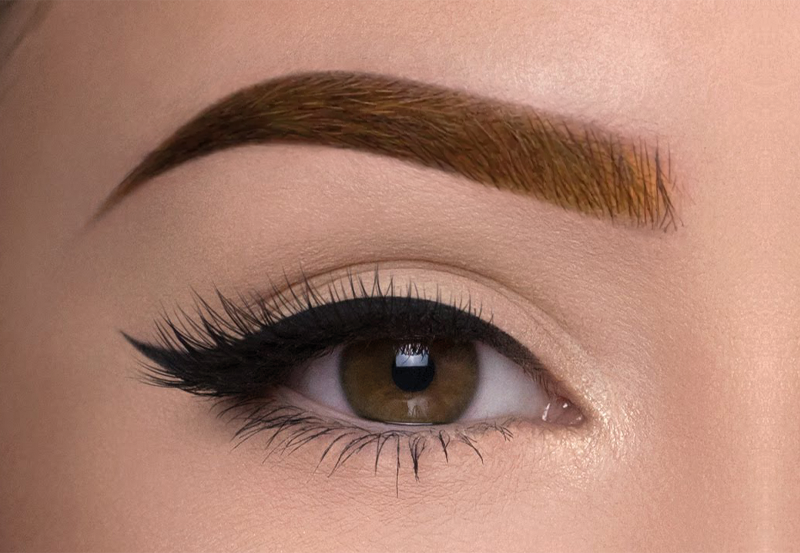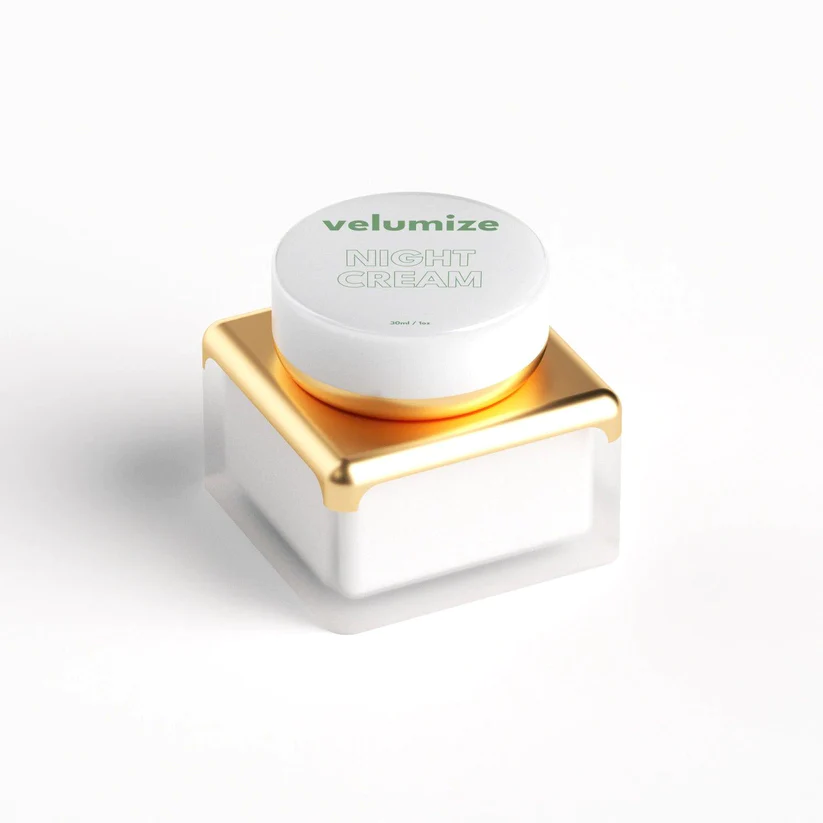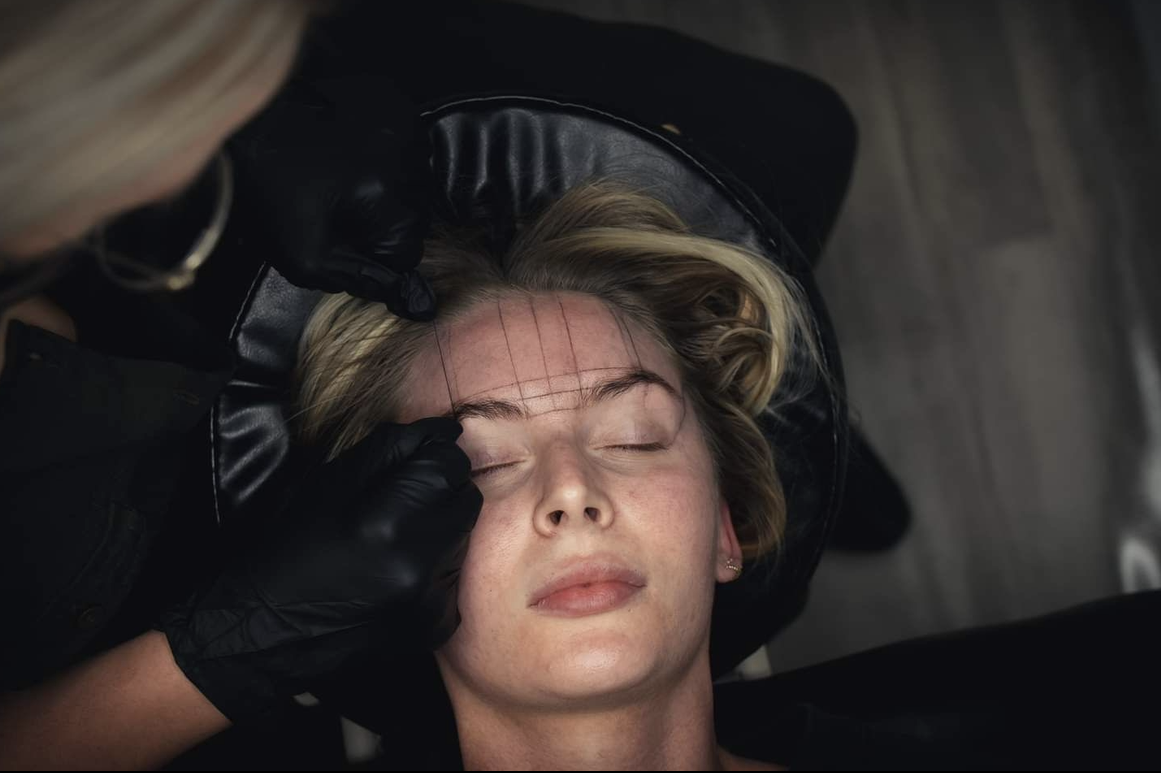Challenges in Nail Polish Bottle Production: Addressing Common Issues in Manufacturing
In the dynamic world of cosmetics, nail polish remains a perennial favorite. However, the production of nail polish bottles presents unique challenges that manufacturers must overcome to ensure a high-quality product. These challenges include maintaining consistency, preventing contamination, and optimizing the manufacturing process for both speed and efficiency.
This article explores these issues in depth, offering insights into the complexities of nail polish bottle production and solutions to enhance operational effectiveness.

Content
1. Maintaining Consistency in Production
Consistency in the production of nail polish bottles is crucial for brand reputation and consumer satisfaction. Variations in bottle size, shape, or color can lead to significant issues, such as inconsistent product filling or difficulties in packaging.
Solutions:
- Standardization of Molds: Ensuring that molds used for bottle manufacturing are of high quality and regularly maintained can reduce inconsistencies.
- Automated Quality Control Systems: Implementing advanced vision systems and sensors to check for defects in real-time helps maintain uniformity across production batches.
2. Preventing Contamination
Contamination is a critical concern in nail polish bottle production. Any impurities can alter the color, consistency, or safety of the nail polish, potentially harming the consumer and damaging the brand’s image.
Solutions:
- Clean Room Environments: Utilizing clean room environments during manufacturing can significantly reduce the risk of airborne particles contaminating the product.
- Rigorous Material Checks: Ensuring that all raw materials, including glass and plastic, are free from contaminants before use is essential.
- Sealed Production Lines: Designing production lines to be completely sealed and using air filters can minimize the risk of contamination.
3. Optimizing Manufacturing for Speed and Efficiency
Efficiency in manufacturing is vital to meet the high demand in the cosmetics industry, especially for popular products like nail polish.
Solutions:
- Lean Manufacturing Principles: Adopting lean manufacturing techniques can help identify wastage in the production process and streamline operations.
- Automation: Investing in automated systems for tasks such as bottle filling, capping, and labeling speeds up the production process and reduces labor costs.
- Energy-Efficient Equipment: Using the latest technology in production equipment not only increases efficiency but also helps in reducing the carbon footprint of the manufacturing process.
Addressing Technological Advances and Environmental Considerations
As technology advances, nail polish bottle manufacturer have opportunities to innovate further. For instance, using biodegradable materials for bottles could appeal to environmentally conscious consumers. Additionally, integrating IoT (Internet of Things) technology can aid in real-time monitoring of production lines, predicting maintenance needs, and further improving efficiency.
Conclusion
The challenges in nail polish bottle production, though significant, are not insurmountable. By focusing on maintaining consistency, preventing contamination, and optimizing the manufacturing process, companies can significantly improve the quality and output of their products. Moving forward, embracing technological advances and considering environmental impacts will be key to staying competitive in this vibrant industry.

Nellie Ponds is a fashion blogger with an eye for style. She has her own blog where she writes about the latest in fashion and trends, as well as providing tips on how to dress your best while still being practical. Her blog’s readership is steadily growing, but she remains humble.














